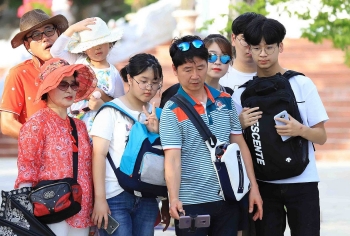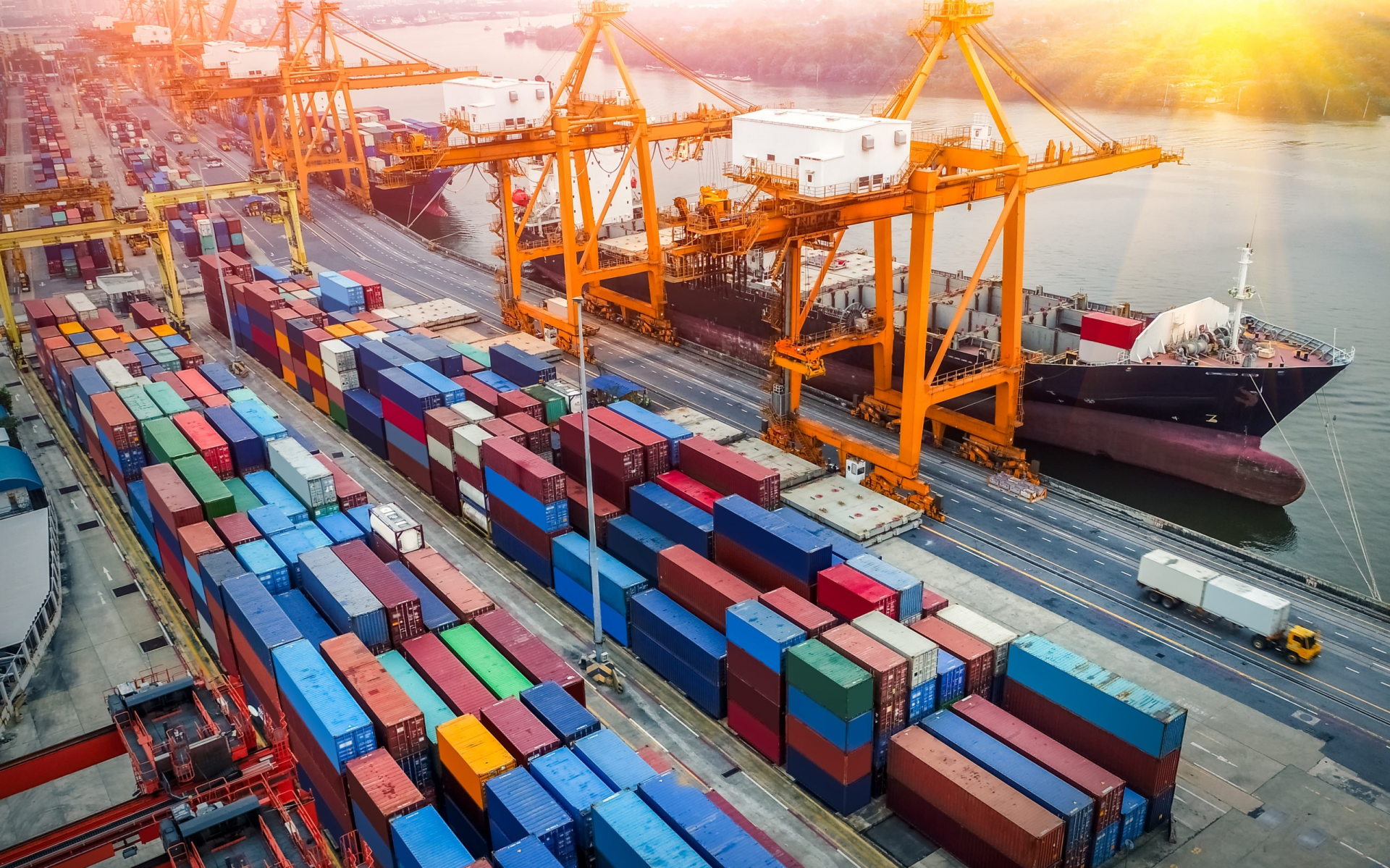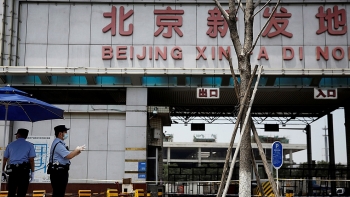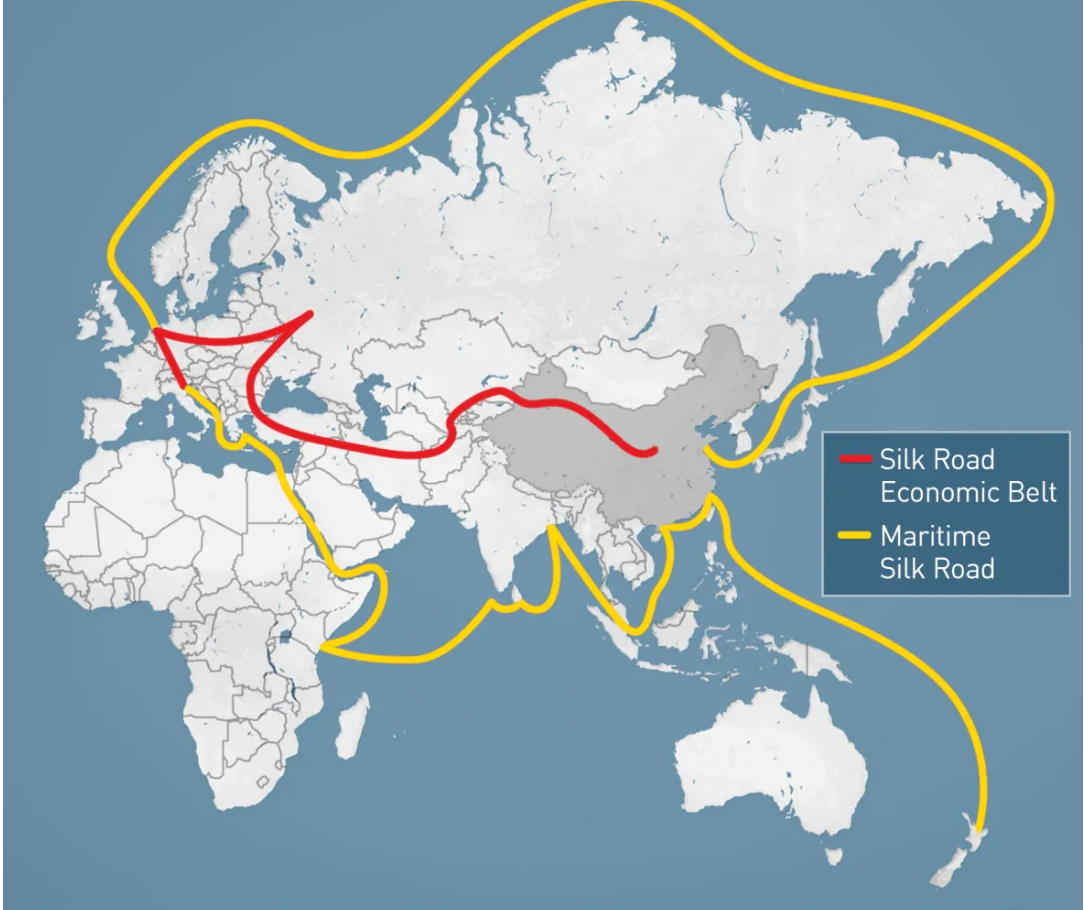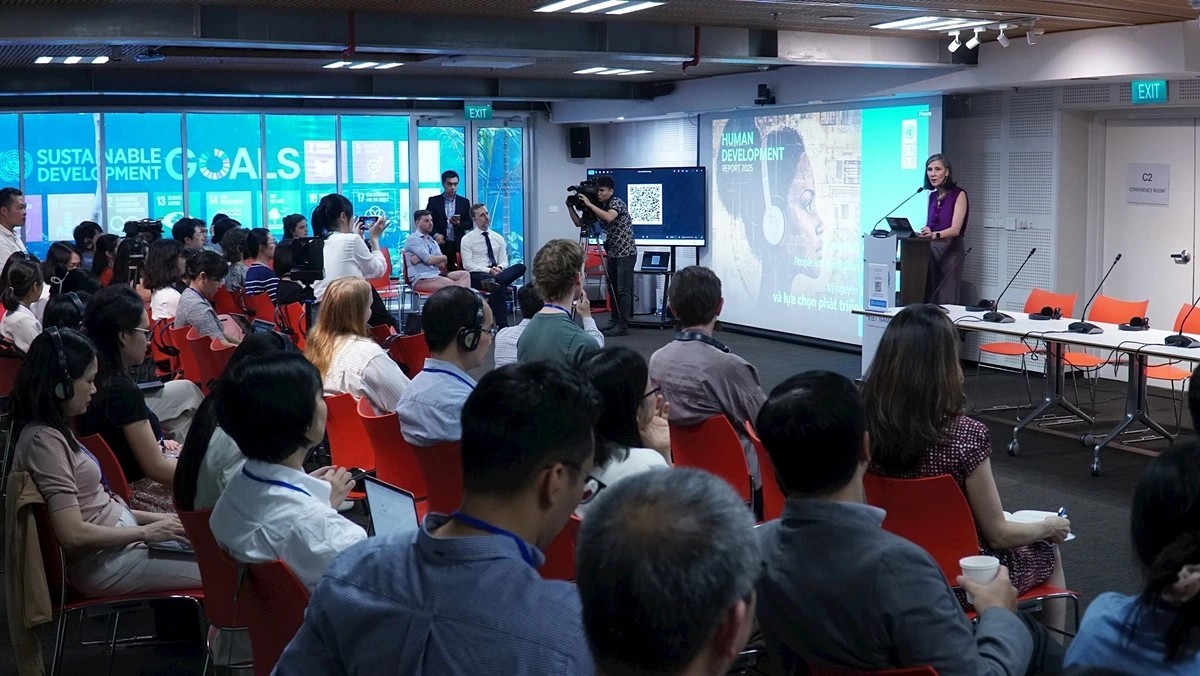China: Half of all Belt and Road projects affected by Covid-19 pandemic
| Vietnam considers to resume travel with China, South Korea and Japan | |
| VEPR: Vietnam should be cautious not to become “backyard” of China and Korea | |
| Beijing says COVID-19 situation 'extremely severe' |
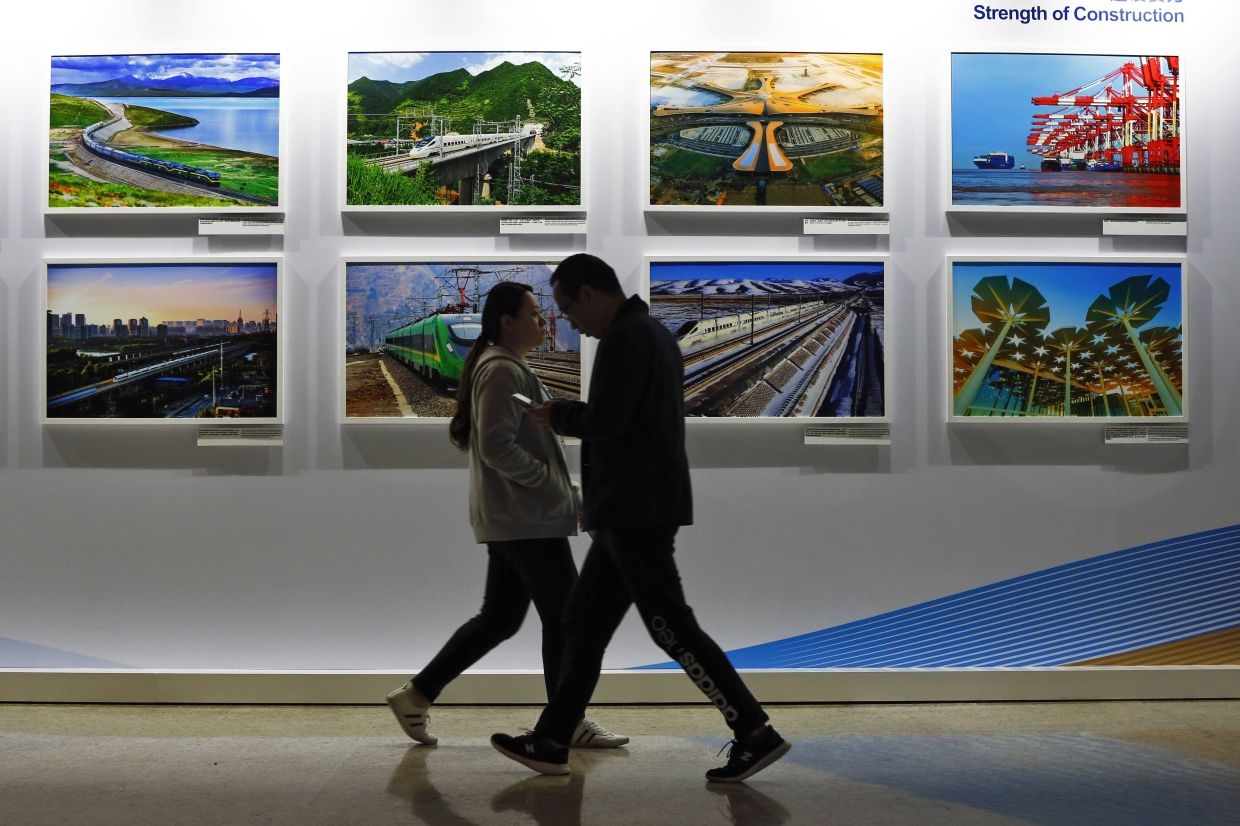 |
| A display board showcasing China's sweeping infrastructure-building projects at the media center of the Belt and Road Forum in Beijing. Photo: Filepic |
According to a survey by China's Ministry of Foreign Affairs, cited Reuters, about 40% of projects have seen little adverse impact, and another 30-40% have been somewhat affected, said Wang Xiaolong, director-general of the ministry's International Economic Affairs Department, at a press conference on Friday, June 19 in Beijing.
"The projection showed slower progress for some projects, while other projects have been put on hold due to restrictions on travel and the flow of goods, among others," he explained.
 |
| Restrictions on travel and the flow of goods across borders, as well as local measures to combat COVID-19, were the main reasons for the impacts on projects. Photo: The Star |
No more details of the projects and the countries involved were revealed by Wang; however, Reuters presented some data showing that over 100 countries have signed agreements with China to cooperate in BRI projects in a number of areas, including railways, ports, highways, and other infrastructure. According to a Refinitiv database, over 2,600 projects at a cost of $3.7 trillion are linked to the initiative.
"As the situation improves we have confidence that the projects will come back and the execution of them will speed up," he said, noting that the pandemic has created negative impacts, which were the main reasons for the projects' delay.
China has signed more than 170 agreements with 125 countries since 2019, according to the Guardian. Between 2013 and 2018, these deals totalled more than $90bn in Chinese investment.
 |
| “About 20% percent of Belt and Road projects have been seriously affected,” Wang Xiaolong said. Photo: Reuters |
| The projects under the Belt and Road Initiative (BRI) are mainly related to infrastructure development in the transport, energy, mining, IT and communications sector but also cover industrial parks, Special Economic Zones (SEZ), tourism and urban development. Many of the BRI branded projects have already been started before 2013 but gained momentum under the Initiative. BRI is often described as a 21st-century silk road, made up of a “belt” of overland corridors and a maritime “road” of shipping lanes.
|
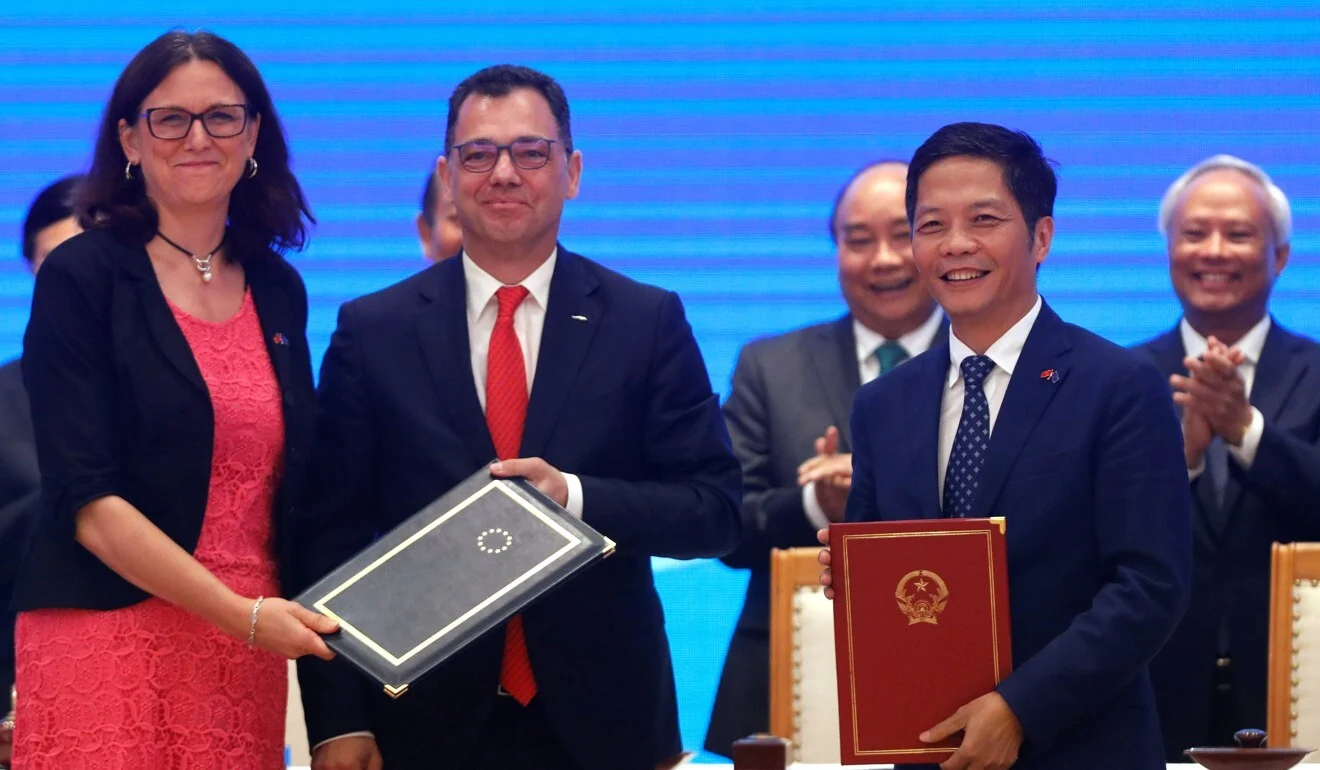 | Can Vietnam surpass China to become the world’s factory thanks to EVFTA? European Union-Vietnam Free Trade Agreement (EVFTA) will boost European investment in Vietnam, meaning that China can considerably be impacted by this deal although the relocation ... |
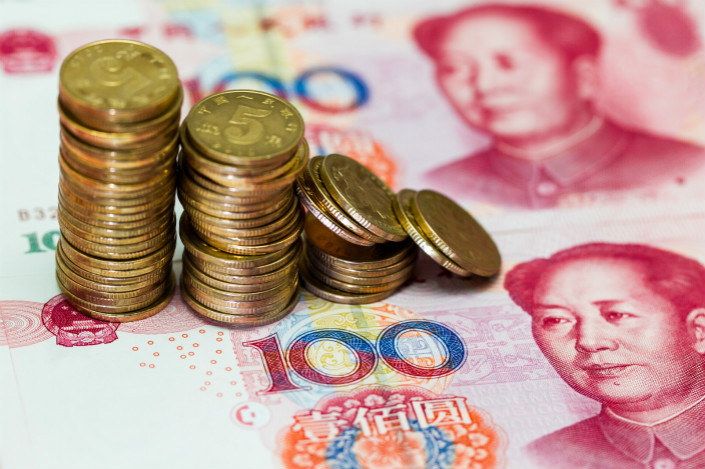 | China’s rich finds way to leak cash abroad as yuan weakens Nikkei Asian Review said that some emerging signals in the wealthy class of China, who are seeking ways to dodge the current regulations to move ... |
 | Pangolin officially removed from Chinese traditional medicine list Pangolin is the highly trafficked mammal in China, which has been hunted for years and is now stigmatized for unproven Covid-19 connections. However, China has just removed ... |
Recommended
 World
World
Pakistan NCRC report explores emerging child rights issues
 World
World
"India has right to defend herself against terror," says German Foreign Minister, endorses Op Sindoor
 World
World
‘We stand with India’: Japan, UAE back New Delhi over its global outreach against terror
 World
World
'Action Was Entirely Justifiable': Former US NSA John Bolton Backs India's Right After Pahalgam Attack
 World
World
Nifty, Sensex jumped more than 2% in opening as India-Pakistan tensions ease
 World
World
Easing of US-China Tariffs: Markets React Positively, Experts Remain Cautious
 World
World
India strikes back at terrorists with Operation Sindoor
 World
World

